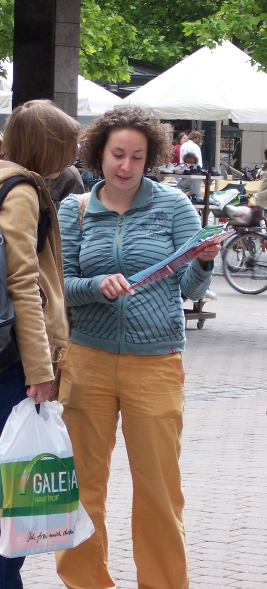Research Ethics

The Research Ethics Module makes a risk analysis of research projects in which humans are involved as study object or as volunteers. It does so in social studies in which people fill out questionnaires about their ideas, feelings and behaviours. But also in design studies where people are asked, for example, to try out new set-ups of equipment. In medical studies where people figure as test persons, the ethics Via a workflowaspects are obvious too.
In all cases a number of issues have to be checked before the experiment can take place. These issues include: privacy of personal data, the amount of physical or psychological stress the research may bring about, the protection of vulnerable participants, the informed consent of participants before the experiment starts et cetera. The Research Ethics module consists of a Checklist and a Full application form. The Checklist contains a limited number of questions to discriminate between Minimal (everyday) risks and Extended risks. In the latter case, the Full application form has to be filled out too.
Via a workflow, a web form with basic data of the applicant/project, together with the filled-out and uploaded Checklist and Full application form (if applicable), is routed to a Human Research Ethics Committee, which evaluates the application. As soon as a decision has been taken by the Committee, the workflow engine sends a message to the researcher/applicant that contains a letter of (dis)approval and a link to the details in the web form. The applicant can follow the progress of the workflow and has a back-log of prior applications available in the Research Ethics Module.
Because applicants fill out the Checklist and the Full application form in Word, the set-up can be easily modified to adapt to progressive insights without the need to change any computer code.
With some modifications (with regard to the questionnaires), the module can also be used for medical ethics applications in medical research centres and hospitals.
Functionality
- fill out a web form, answer questions in the Checklist and, if applicable, the Full application form
- upload all required documents into the web form and submit the application to the Committee
- if send back for revision: revise or complete the application and re-submit
- follow and monitor the stages of the decision making process
- as committee: decide about the application and register the decision in the web form; a letter of (dis)approval is sent automatically by the workflow engine
- all actions in the workflow are logged and shown to all involved
